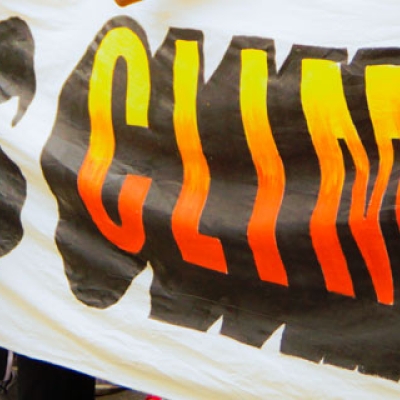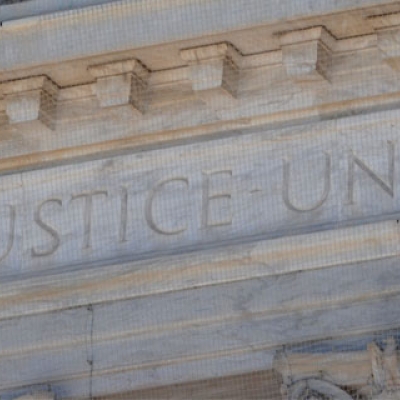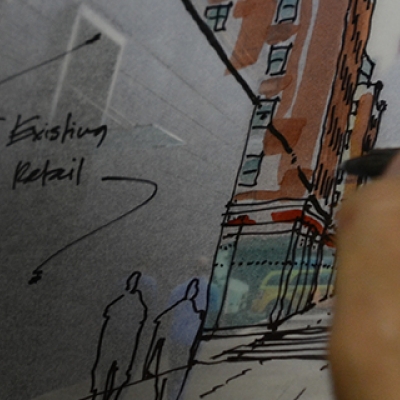
Peter Gleick vs. $4 water.
By Admin / On February 11th, 2010
On his City Brights blog, Bottled and Sold author Peter Gleick writes:
In the latest skirmish in the war on tap water, the sports arena that hosts the Cleveland Cavaliers basketball team -- with the lovely name of the Quicken Loans Arena concession -- has removed its drinking water fountains. The only way for thirsty fans to get water now is to wait in line at the concessions counter for a free small cup or pay $4 for bottled water or try to drink water from the bathroom faucets.





